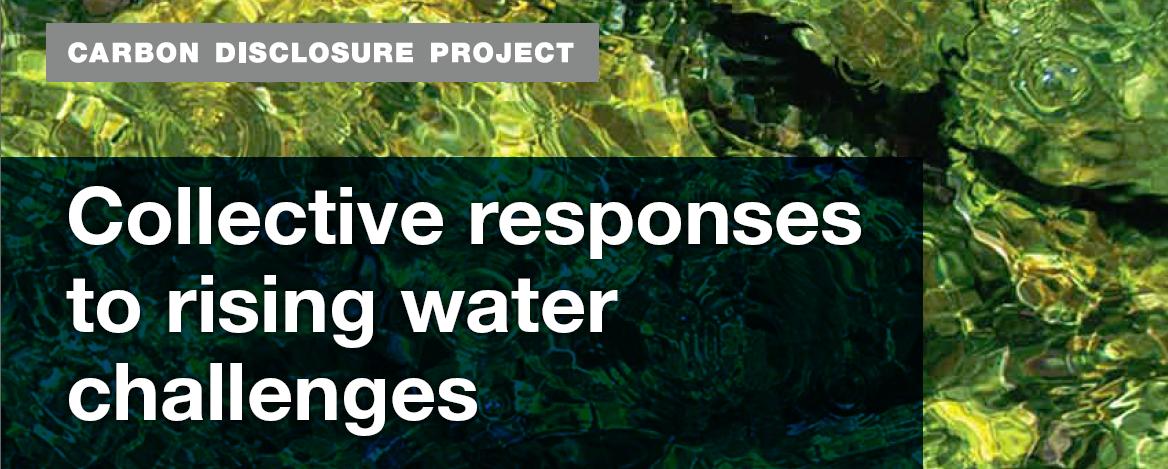There is a sharp rise in company reports of detrimental impacts from drought and other water-related issues, yet little change in the number of companies with board level oversight of water strategies and no increase in the number of corporations providing transparent water-related risk assessments to investors, say findings from a global analysis by the Carbon Disclosure Project (CDP).
The CDP Global Water Report is produced for 470 investors representing $50 trillion in assets and is based on information submitted to CDP by 185 Global 500 companies. The 2012 report reveals that over half of companies (53 per cent up from 38 per cent in 2011) have experienced negative impacts from water-related challenges including water scarcity, flooding, rising compliance costs, regulatory uncertainty, and poor water quality in the past five years.
 Growing awareness is evident in the jump from 59 per cent to over two thirds (68 per cent) of companies viewing water as a substantial risk to their business. Corporations perceive these risks as real and current, stating that the majority (62 per cent) have the potential to impact their businesses by 2017. Similarly, more companies this year identify commercial opportunity arising from an effective water stewardship strategy (71 per cent up from 63 per cent in 2011), and 79 per cent of the opportunities reported have the potential to generate a substantive change in business now or in the next five years, some with a sales potential of more than €800 million by 2020.
Growing awareness is evident in the jump from 59 per cent to over two thirds (68 per cent) of companies viewing water as a substantial risk to their business. Corporations perceive these risks as real and current, stating that the majority (62 per cent) have the potential to impact their businesses by 2017. Similarly, more companies this year identify commercial opportunity arising from an effective water stewardship strategy (71 per cent up from 63 per cent in 2011), and 79 per cent of the opportunities reported have the potential to generate a substantive change in business now or in the next five years, some with a sales potential of more than €800 million by 2020.
Despite these significant risks and an improvement in awareness of supply chain risk–71 per cent of respondents are able to state whether or not they are exposed to such risk, up from 62 per cent in 2011–a third (29 per cent) of respondents remain unable to provide a complete picture of water risks by failing to establish if water threatens their supply chain, which could be limited number of companies recognizing water as a board level issue, the report posits.
While reported risks and opportunities have risen notably in comparison to 2011 response rates, companies citing board-level oversight of their water-related policies, strategies or plans has increased by just one per cent to 58 per cent. Furthermore, the percentage of firms responding to the investor request for water information through CDP remains the same as last year at 60 per cent, while the proportion with concrete targets or goals in areas such as water efficiency and quality improvements has decreased from 57 per cent last year to 55 per cent.
“We look to Global 500 companies for examples of leadership,” says CDP’s CEO, Paul Simpson. “While it is encouraging that their awareness of the commercial risks and opportunities associated with water is improving, progress in responding to them is varied and in many cases insufficient. We need to see greater corporate accountability through more transparency, concrete targets and goals and board level oversight of water-related issues.”
An encouraging three quarters (74 per cent) of respondents are taking some form of action to develop collaborative solutions to address water-related problems and enjoy shared benefits.
Although more than 100 additional investors have this year asked companies to report their water strategies and use through CDP’s global system, there has been no change in the number of companies disclosing.
“We know that it can take companies some time to catch up with measurement, strategy and action once they identify risk so we expect to see more companies developing water strategies and disclosing next year,” says Simpson.









